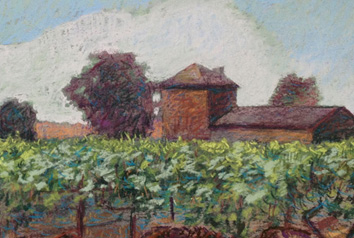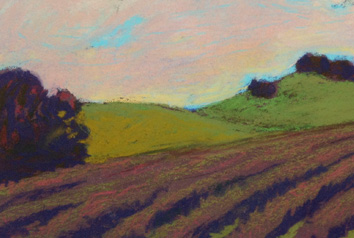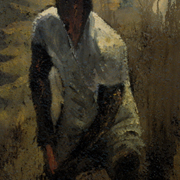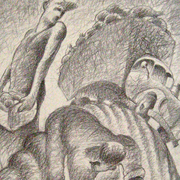Artist Statement
The Activity of Making Art
The activity of making art can be a vehicle to carry you through peaks and valley’s in your life. Viewing art, from the perspective of an artist is as good as making art. As you view the marks made by the artist you re-imagine the motions and intensities of each stroke.
These works on paper with pastel are about mark making. These woven lines that for shape and texture can be consumed abstractly or they may represent a place or time that is meaningful to you. The subjective service that a work of art represents becomes the individual poetry we formulate in our mind’s eye. A meaningful experience can be independent for some, or in shared appreciation with many, but the essential element here is what is absorbed into your mind’s eye.
My goal is to make a place where a person will be carried away with while viewing. If you are an art appreciator and you are immersed into the environment that exists in my picture plane - if even for a brief moment - I have accomplished my mission. Every time you glance at this work you are momentarily evacuated from your day and can go into a world inside your head. This world you get sent of to can be a quiet respite in your day. The beauty is, it can happen multiple times a day.









